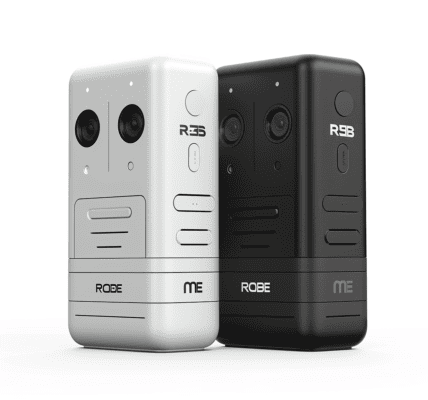Fitbit has recently launched the Ace LTE, a smartwatch specifically designed for children aged seven and older, aimed at encouraging physical activity through engaging and interactive experiences. This innovative device is the latest addition to Fitbit’s product lineup, which was acquired by Google in 2021, and is targeted at the growing market of kids’ wearables.
The Ace LTE combines activity tracking with immersive gaming, making it more than just a standard smartwatch. With features like LTE connectivity and GPS tracking, it allows parents to monitor their child’s location while providing a fun and engaging way for kids to stay active. This product is particularly timely, as many children are increasingly requesting smartwatches, often citing peer pressure from schoolmates who already own one.
To ensure the Ace LTE captures the attention of its young audience, Fitbit collaborated with the global branding and digital studio Koto. Koto was tasked with creating a brand strategy and visual identity that resonates with Generation Alpha, the demographic that includes children born from the early 2010s to the mid-2020s.
Understanding the unique needs of this demographic is crucial for Fitbit, especially in a competitive market where numerous brands are vying for the attention of both kids and their parents. The Ace LTE aims to stand out by transforming physical activity into a game-like experience.
The smartwatch incorporates fully immersive 3D games that motivate kids to exercise in a fun and interactive manner. For instance, children can take on the role of a chicken navigating through a bathtub in space or fishing for a Soy Sauce Snapper in a fictional Smokey Lake. This approach contrasts sharply with traditional exercise routines that many adults follow, making fitness feel less like a chore and more like an adventure.
In addition to the gaming aspect, the Ace LTE features a unique element called the ‘eejie,’ a customizable creature that thrives on the child’s daily activity. As kids engage in physical activities and complete game objectives, their eejie becomes happier, providing an additional layer of motivation.
As children play and achieve their movement goals, they can earn arcade tickets. These tickets can be used to customize their eejie’s appearance with new outfits or to enhance their environment in Bit Valley, the fictional world where the eejies reside. This gamified approach to fitness not only encourages physical activity but also fosters creativity and personal expression among young users.
The Ace LTE also includes six collectible Ace Bands, each equipped with technology that unlocks various expansion packs—referred to as ‘hauls’—when first attached. For example, connecting the blue Courtside Ace Band immerses the eejie in a basketball-themed world, while the green Spooky Pugs Ace Band introduces Wally, a dog character known for his love of cosplay.
From a parental perspective, the Ace App is a significant feature of the Ace LTE. It allows parents to monitor their child’s real-time location, send and receive messages, and manage approved contacts. Additionally, the app includes a ‘School Time’ setting, which helps eliminate distractions during class hours. This functionality raises important discussions about privacy and safeguarding in today’s digital landscape.
With the launch of the Ace LTE, Fitbit is making a bold move into the children’s smartwatch market, positioning itself as a leader in promoting fitness and healthy habits among the younger generation. By combining technology, gaming, and safety features, the Ace LTE aims to be a game-changer for both kids and their parents.
As the demand for smartwatches among children continues to rise, Fitbit’s strategy of integrating fun and fitness could pave the way for a new era of wearable technology that not only meets the needs of kids but also addresses the concerns of parents.





